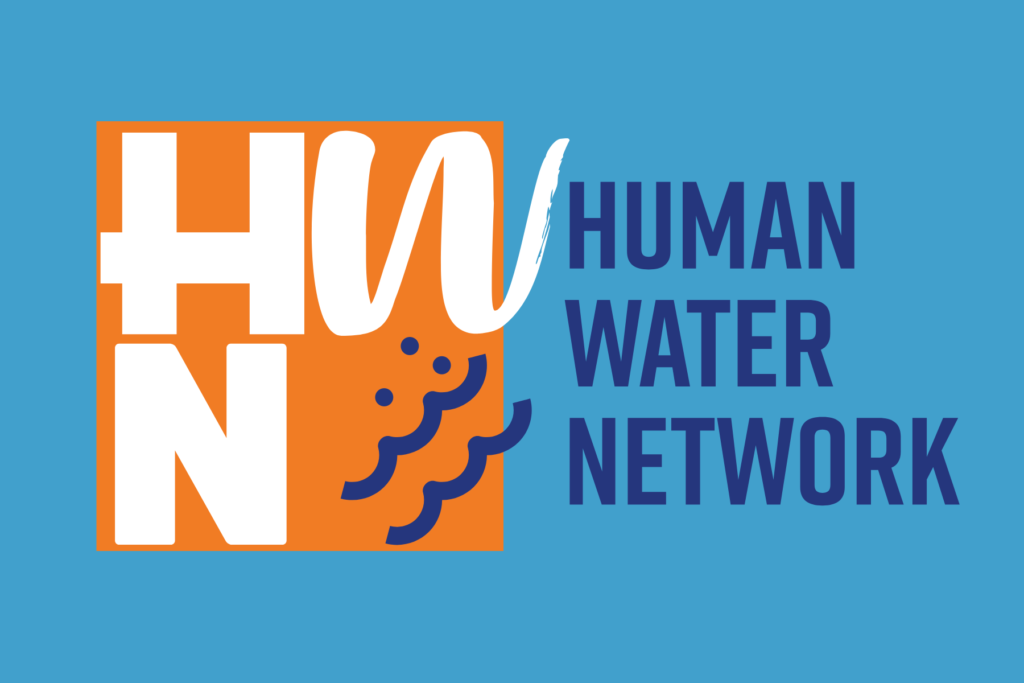Building Community builds the Environment
The Importance of Building Community to Strengthen the Environmental Movement
In the face of growing environmental challenges such as climate change, pollution, habitat destruction, and biodiversity loss, the importance of collective action has never been more pressing. While individual efforts like recycling or reducing plastic use are valuable, building a united community is essential to truly make a lasting impact. The power of community lies in its ability to bring people together to share knowledge, resources, and passion, creating a force far greater than the sum of its parts. This is why fostering a sense of community is crucial for strengthening the environmental movement and advancing efforts to protect our planet.
Collective Power: The Foundation of Community
At the heart of every successful social movement is community. When people come together around a common cause, they create momentum that can lead to significant change. The environmental movement is no exception. By forming coalitions, alliances, and local groups, people can amplify their voices and increase their influence on policies and practices that affect the environment.
Communities, whether local, regional, or global, can collectively tackle issues that individuals cannot handle alone. A group of concerned citizens working together can organize beach cleanups, lobby for environmental policies, promote sustainable businesses, and raise awareness about pressing environmental issues. When people feel connected and responsible toward one another, they are more likely to stay engaged and committed to the cause.
Sharing Knowledge and Resources
One key benefit of building a community within the environmental movement is the sharing of knowledge and resources. Environmental issues are often complex, and finding solutions requires diverse skills and perspectives. Within a strong community, individuals can share their expertise, whether it be in science, policy, education, or communication. This exchange of information helps the movement evolve and adapt, enabling it to address challenges more effectively.
For instance, environmental organizations that work together can pool resources to create larger campaigns, host educational events, or conduct research that a single group might not be able to achieve alone. In addition, community members can share success stories and best practices, inspiring others to replicate their efforts in different regions. By fostering collaboration rather than competition, communities can work toward shared goals and maximize their impact.
Building a Support System for Activists
Environmental advocacy can be emotionally and physically demanding. Climate anxiety, frustration over slow progress, and burnout are common among activists who feel the weight of the world’s environmental problems on their shoulders. This is where the community plays a vital role. Being part of a supportive network helps individuals feel less isolated and provides emotional and moral support when the work becomes overwhelming, fostering a sense of care and understanding.
Communities create a sense of belonging, reminding activists they are not alone in their efforts. Whether through online forums, local meetups, or large-scale events, environmental communities offer spaces where people can share their struggles and celebrate their victories. This support system helps maintain morale and keeps individuals engaged in the long-term battle for environmental justice, fostering a sense of unity and shared purpose.
Encouraging Collective Action and Advocacy
One of the most significant ways communities strengthen the environmental movement is by encouraging collective action. When individuals band together, they can organize large-scale events, influence public opinion, and pressure governments and corporations to take meaningful action. Movements like Fridays for Future and Extinction Rebellion have shown the power of mass mobilization, bringing millions of people into the streets to demand action on climate change. These movements gained traction with solid community foundations built on shared values and goals, empowering individuals to make a significant impact.
Moreover, community-driven advocacy can hold decision-makers accountable. Local environmental groups can lobby for changes in city or state policies, push for stricter regulations on pollution, and encourage sustainable urban planning. By working together, communities can influence public policy more effectively than individuals. Grassroots movements have historically been a driving force behind primary environmental legislation, such as the Clean Air Act and the Clean Water Act in the United States. For instance, the successful campaign to ban single-use plastics in [specific city] was a result of a strong community effort.
Bridging the Gap Between Different Groups
Another crucial function of building community is the ability to bridge the gap between diverse groups and interests. The environmental movement is not monolithic; it includes many people from different backgrounds, professions, and ideologies. By creating inclusive communities, the movement can bring together stakeholders who might not otherwise work together—scientists, activists, indigenous groups, urban planners, policymakers, business leaders, and everyday citizens. This inclusivity can foster collaboration among these different groups, enabling the movement to achieve broader support and address environmental issues from multiple angles.
By fostering collaboration among these different groups, the movement can achieve broader support and address environmental issues from multiple angles. This is especially important in creating systemic change, as it requires input from various sectors to shift industries, economies, and societies toward sustainability.
Conclusion: Strength in Unity
The environmental movement is facing unprecedented challenges but has incredible potential. Building a robust and inclusive community is essential to unlocking that potential and achieving meaningful progress. The movement can amplify its efforts, share knowledge and resources, provide emotional support, and encourage collective action by bringing people together. As the movement grows and strengthens, so does its ability to tackle the global environmental crisis and create a sustainable future for future generations.
In a world where division often stalls progress, community remains one of the most powerful tools for change. Together, we can achieve what no one individual can accomplish alone.






